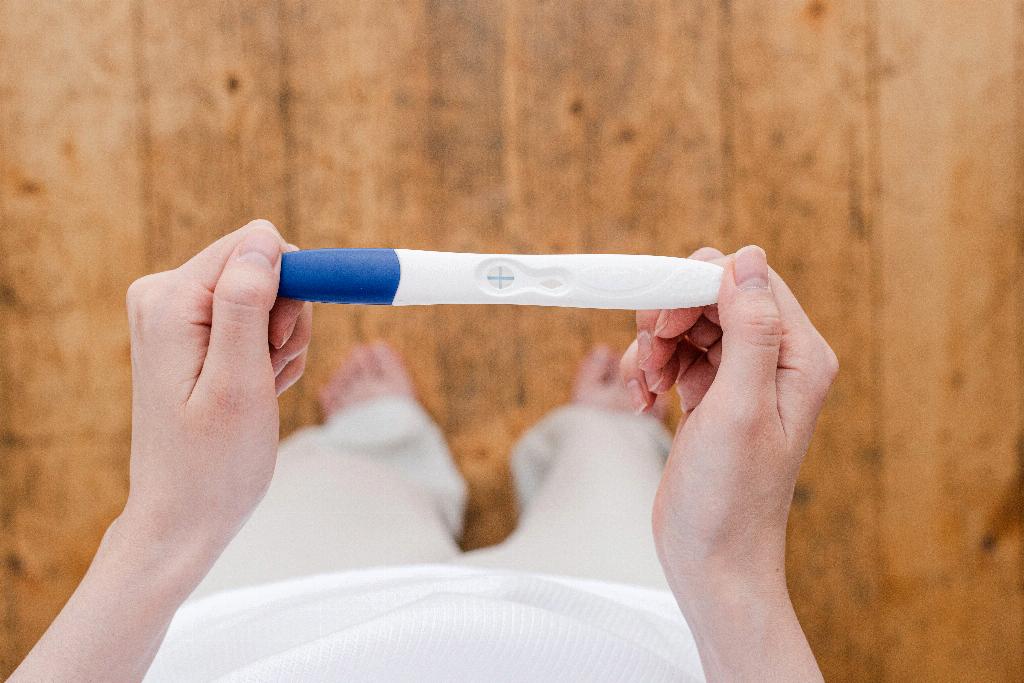When it comes to treating a yeast infection during pregnancy, it is crucial to prioritize safety for both the mother and the developing baby. Yeast infections are common during pregnancy due to hormonal changes that can disrupt the natural balance of bacteria in the vaginal area. Finding the safest treatment is paramount to ensure the well-being of both the mother and the unborn child.
One of the recommended treatments for yeast infections during pregnancy is the use of topical azole antifungals. These antifungal creams are considered safe for use during pregnancy and have been found to be effective in treating yeast infections. It is important to use these antifungals for at least 7 days to ensure that the infection is fully cleared.
Topical azole antifungals work by targeting the yeast causing the infection and stopping its growth. These creams are applied directly to the affected area, making them a convenient and effective treatment option for pregnant women dealing with a yeast infection. It is essential to follow the recommended treatment regimen as prescribed by a healthcare provider.
While antifungal creams are the primary treatment for yeast infections during pregnancy, some women may experience itching and discomfort in the vaginal area. In such cases, the use of topical corticosteroids can provide symptomatic relief. These corticosteroids help reduce inflammation and itching, providing comfort to pregnant women dealing with the discomfort of a yeast infection.
It is important to note that oral antifungal medications are generally not recommended for pregnant women due to the potential risks they pose to the developing fetus. Therefore, topical treatments such as antifungal creams are preferred as they are less likely to be absorbed into the bloodstream, minimizing the risk of any adverse effects on the baby.
Before starting any treatment for a yeast infection during pregnancy, it is essential to consult a healthcare provider. A healthcare provider can properly diagnose the infection and recommend the most appropriate and safest treatment based on the individual’s health condition and the stage of pregnancy.
In addition to using antifungal creams and corticosteroids, pregnant women should also take steps to prevent yeast infections. This includes keeping the genital area clean and dry, wearing cotton underwear, avoiding douching, and practicing good hygiene habits. These preventive measures can help reduce the risk of developing a yeast infection during pregnancy.
Overall, the safest treatment for a yeast infection while pregnant involves the use of topical azole antifungals for at least 7 days, along with the option of using topical corticosteroids for symptomatic relief. By following the guidance of a healthcare provider and practicing good hygiene, pregnant women can effectively manage and treat yeast infections while prioritizing the safety of both themselves and their baby.

